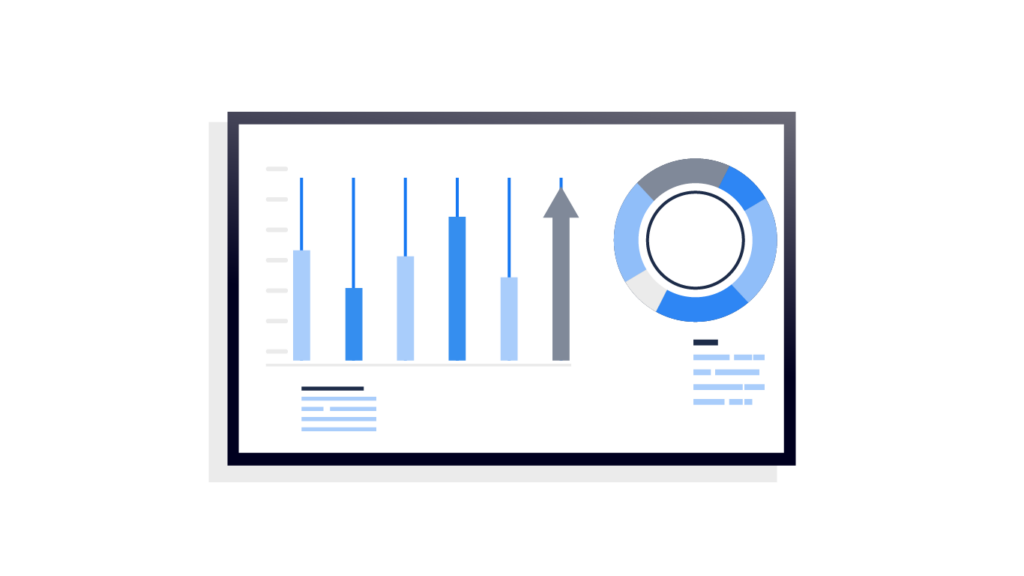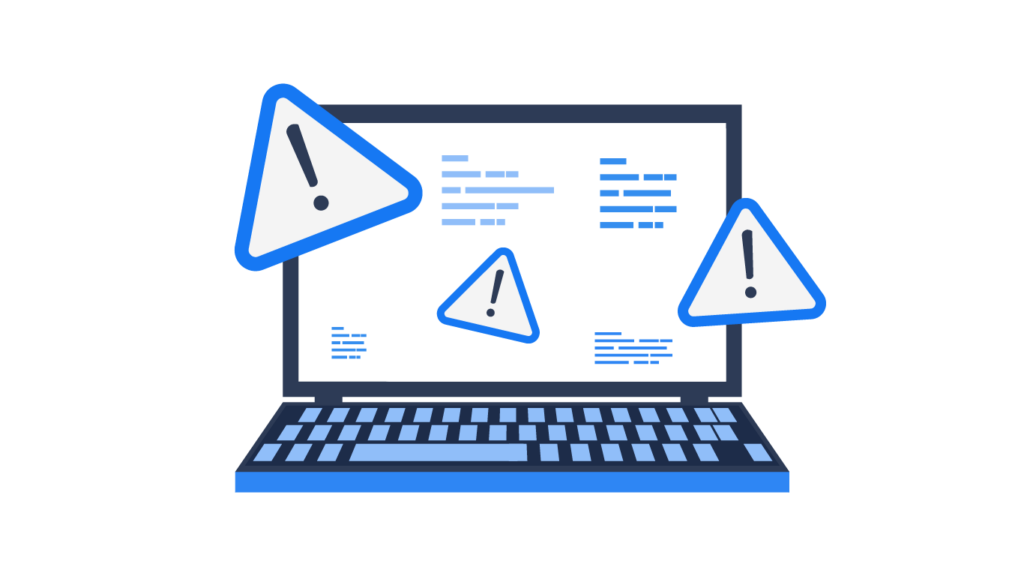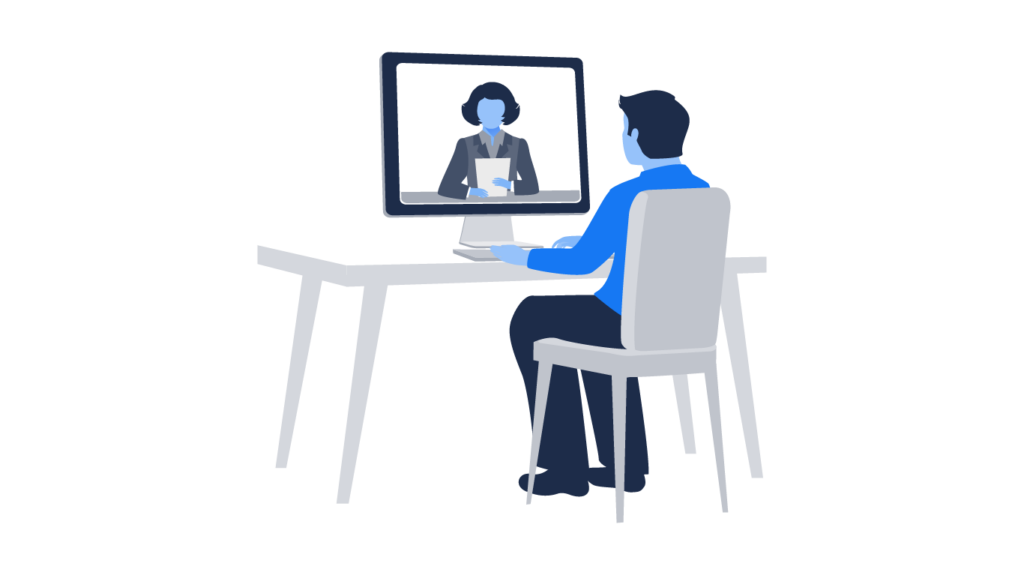Cyber attacks are common and can cause damage to a company’s systems and reputation. In February 2023, social news aggregator site Reddit was compromised after a single employee was tricked with a phishing scam. The criminal accessed Reddit’s internal systems, and the fact that they accessed employee contact data shows us the importance of continuous monitoring in cybersecurity.
Another aspect of the breach was the fact that the scammers used a lookalike page to discover the user’s two-factor authentication (2FA) credentials. With developments like this, cybersecurity can no longer be a passive affair. You must instead take a proactive approach to protecting your network.

What is continuous monitoring in cybersecurity?
Continuous monitoring in cybersecurity is an ongoing process to discover, understand and mitigate existing, new and potential threats to the organization as well as to rectify vulnerabilities and mitigate the potential risks to the business. Companies achieve this through real-time analysis of their systems and regular reviews.
The former requires specialist programs, such as Vaultry. The latter involves frequent reviewing and refining of cybersecurity processes and procedures to attempt to keep the organization ahead of the threats, as well as to detect and remove attacks that do manage to breach the company’s defenses.
Why enable continuous monitoring in cybersecurity?
There are a number of reasons why you should implement continuous monitoring on your company network. They include:
| Reason | Explanation |
| Real-time feedback on the IT infrastructure | IT threats move quickly in this modern world, and it is critical to be able to receive real-time feedback on issues with your IT infrastructure, attacks, or vulnerabilities caused by users downloading unauthorized programs. |
| Rapid incident response | The faster you respond to an attack, the better you limit the damage. In the case of the Reddit attack, the criminal did access source code and employee data, but the company assured users that they had stopped the attack before they infiltrated their personal information. |
| Compliance requirements | The rapid response that monitoring allows means you can show regulators that you have taken measures to maintain data integrity. By preventing attackers from reaching the data that you hold, you remain compliant with data laws in the jurisdictions in which you work. |
| Protection of sensitive data | It is not just customer data that is at risk if you do not effectively monitor your network. Criminals can also access business-sensitive information that can expose items of significant strategic importance to your competitors. |
How to implement continuous cybersecurity monitoring
1. Define objectives and key performance indicators (KPIs)
You need to settle on a set of consistent objectives across the organization for your cybersecurity efforts.
Your objectives could include a reduction in downtime, an uptick in detection time, fewer overall attacks, less shadow IT use, or any other security aim for your business.
When you understand the objectives that you are aiming for, set targets that give your team something to aim for. A good practice for this is to use SMART goals – goals that are specific, measurable, achievable, relevant, and time-sensitive. Decide on the metrics that you believe show you are on track to achieve your objectives and use these to create KPIs.

2. Prioritize threats
Your different business assets are all vulnerable to attacks for different reasons. Criminals seeking to commit identity theft could use the personal customer data stored on your network for identity theft, for example. Other bad actors might want to ransom for sensitive business data.
You must analyze the threats to your organization and prioritize your efforts to protect your business. You might not be able to monitor all assets due to the resources at your disposal, but by identifying your most valuable and vulnerable assets, you can choose where to target your monitoring most effectively.
3. Integrate information security and risk management frameworks
Information security frameworks, such as international standards ISO 27001 and ISO 27002, should not be siloed from your company’s risk management program. They need to feed into each other to enable you to better identify, measure and mitigate cyber risks.
This process also allows you to report on and monitor your cybersecurity efforts efficiently, using a set procedure and ensuring that everyone in the organization is playing their part in making sure that the process is running smoothly.
4. Implement network and endpoint security controls
Insider threat is a key vulnerability when it comes to cybersecurity, whether it is accidental or malicious on the part of the insider. By creating network access controls for users, you can prevent them from accessing areas of the network that they do not need to visit. In the event that their device is compromised, you limit the damage to the organization.
You can monitor employees’ usage of your systems through their network access, checking whether they have downloaded shadow IT and ending sessions to protect your endpoints.
Vaultry monitors all devices on your network and alerts you to unauthorized programs, allowing you to remove them before criminals take advantage of the vulnerability.
5. Streamline stakeholder monitoring
It is not just important to monitor your own systems but also to ensure the security of any third parties that need to access your network as part of their work with your business.
This is another case in which network access controls are important, limiting their visibility to only those areas that they need to see to fulfill their duties.
6. Perform ongoing risk assessments and regularly update measures
The threats and risks to your cybersecurity are ongoing, and so should be your risk assessments. Criminals do not rest, and that means that you have to stay ahead of the game in detecting and predicting the threats that will be pertinent to your business now and in the future.
Frequent reassessment of the threat landscape is the mark of a good monitoring process. It helps you prioritize risks according to how likely they are to happen and how severe the repercussions would be if they were successful. This allows you to shift your resources towards monitoring those areas that are most at threat from cyber criminals.

7. Provide employee training
Not only are employees one of the main risk factors for cyberattacks, but they can also be one of the most important lines of defense against those attacks. If they understand the nature of attacks and the potentially detrimental effects, they can work with you to protect the organization.
Training plays a key role in this effort. Regular sessions keep cybersecurity at the forefront of their minds and help them understand more about the ways in which criminals will try and work their way into your network.
These sessions help them understand the potential problems with downloading shadow IT, using their personal devices for work, not checking the veracity of emails, and other hazards that employees often fall foul of.
FAQ
What are examples of human error in cybersecurity?
Employees can easily fall for phishing scams in emails, unwittingly providing login credentials or personal information to criminals. Also, using unsecured solutions for transferring customer data is another potential issue.
What aspects of your program should you be monitoring?
You should monitor the threat awareness of your staff through regular training, as well as tracking the types of programs being added to your network. Monitoring the threat landscape is also important, as is understanding the number of attempted attacks made against your business.
What are cybersecurity ratings?
Cybersecurity ratings assess the strength of your security efforts. They take into account the number of breaches recorded, obvious signs of vulnerabilities, and other available security data.
How does continuous monitoring differ from traditional security measures?
It is an ongoing process, while traditional security measures are usually performed periodically. Continuous monitoring provides real-time threat detection and response, and traditional security measures may only detect threats after they have already caused damage.
What tools and technologies are used for continuous monitoring in cybersecurity?
The tools and technologies include network and endpoint security solutions, log analysis tools, automation tools, and risk assessment tools. Also, cybersecurity monitoring programs like Vaultry.
Is continuous monitoring only for large organizations?
No, continuous monitoring in cybersecurity is important for organizations of all sizes, as cyber threats can affect organizations regardless of size or industry.
Conclusion
As threats develop and change, your security efforts should adjust accordingly. The idea is to be ahead of the game, to be proactive rather than reactive, and only act once a problem happens. Continuous monitoring in cybersecurity is an essential part of your fight against cybercrime, and programs like Vaultry help you in spotting and removing threats before they cause a problem. Get started with Vaultry today.



